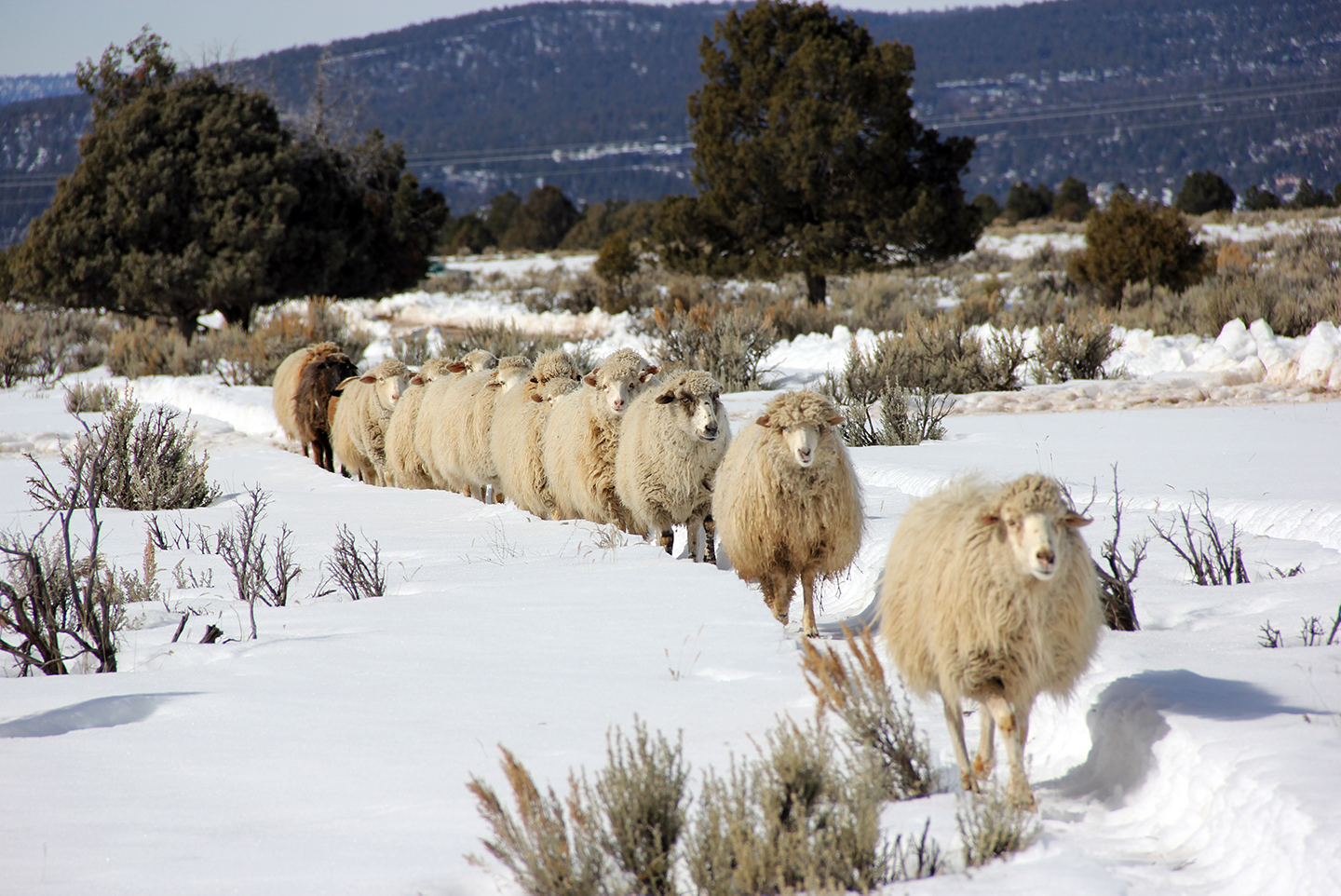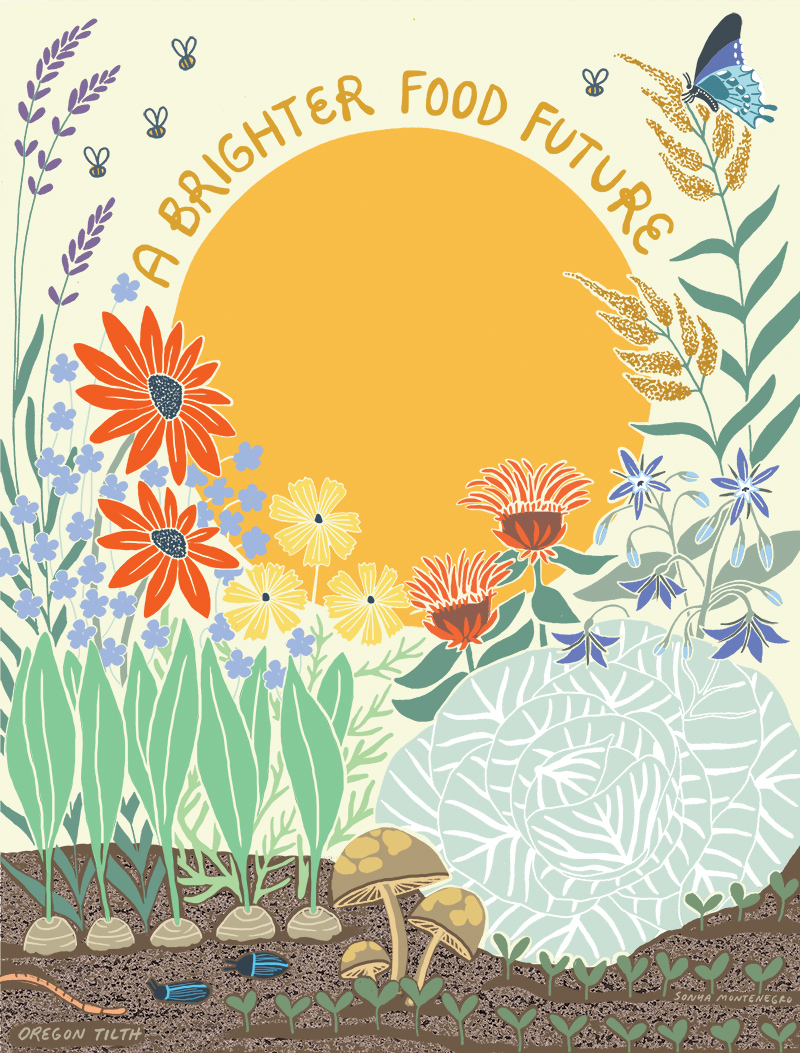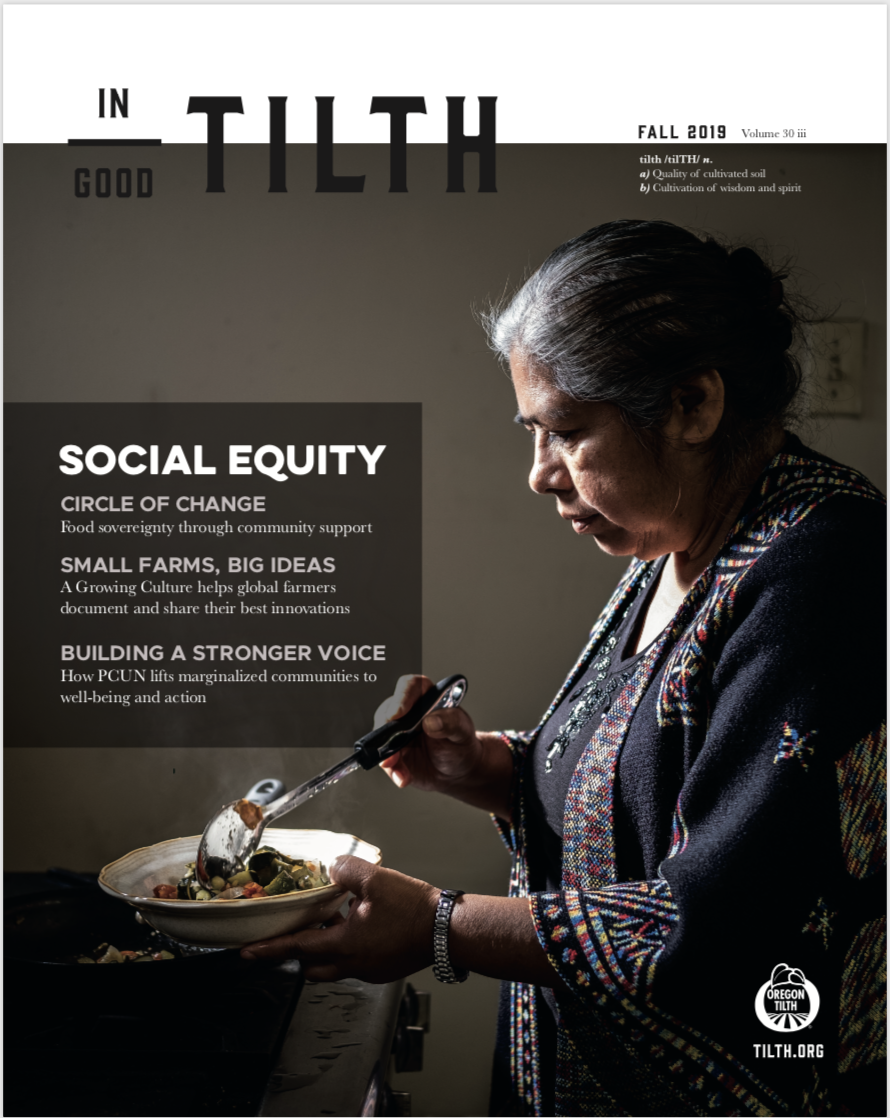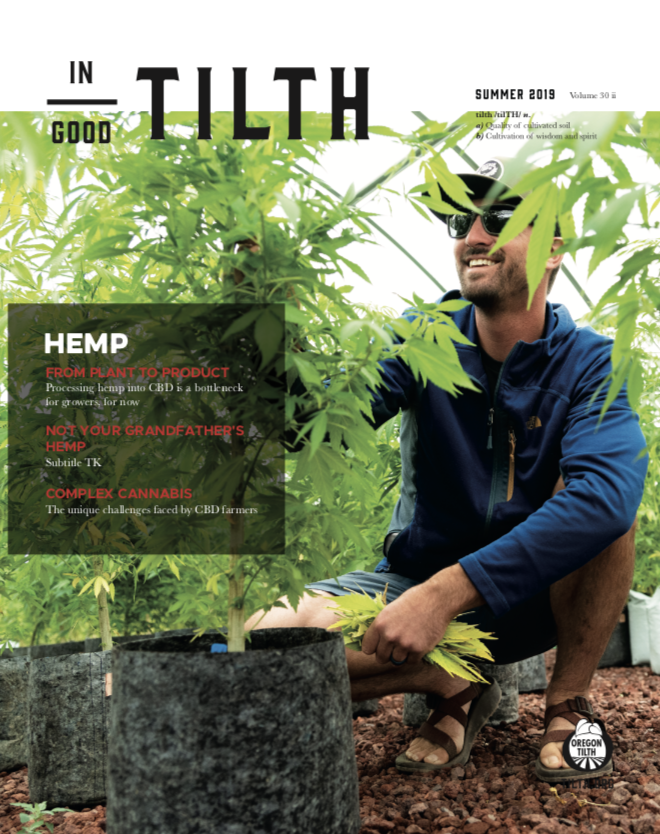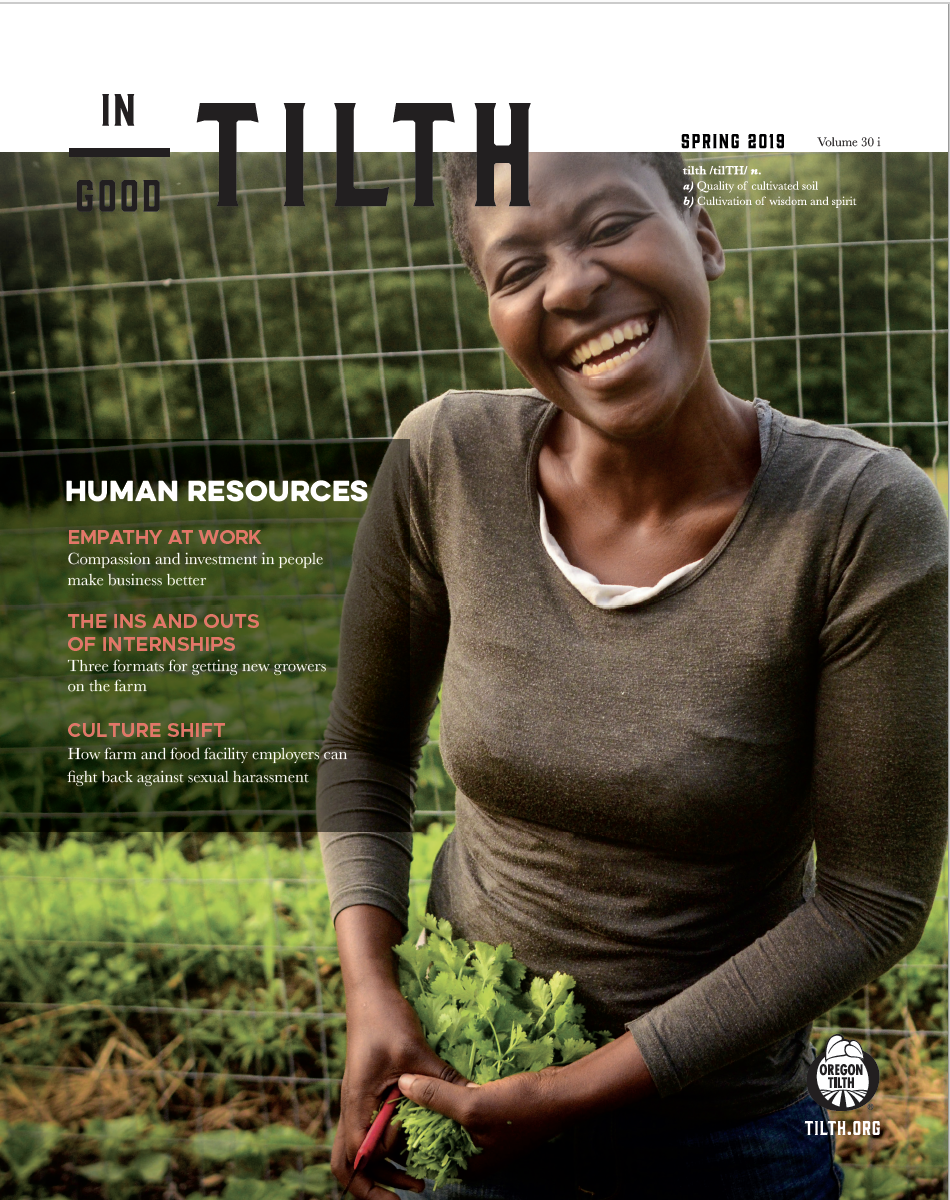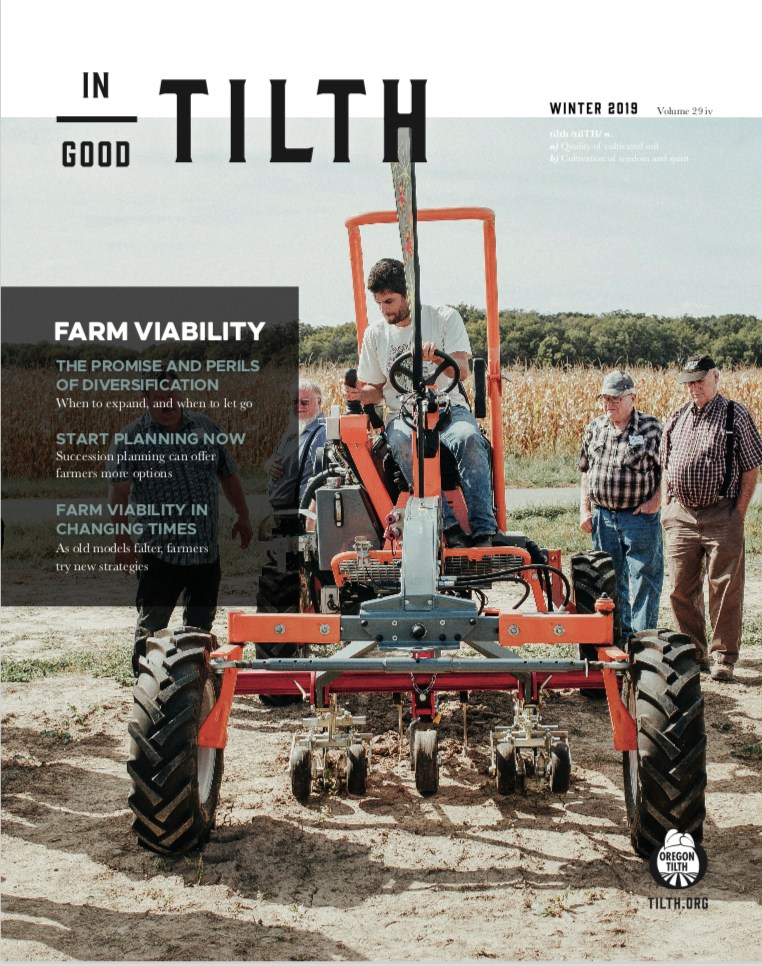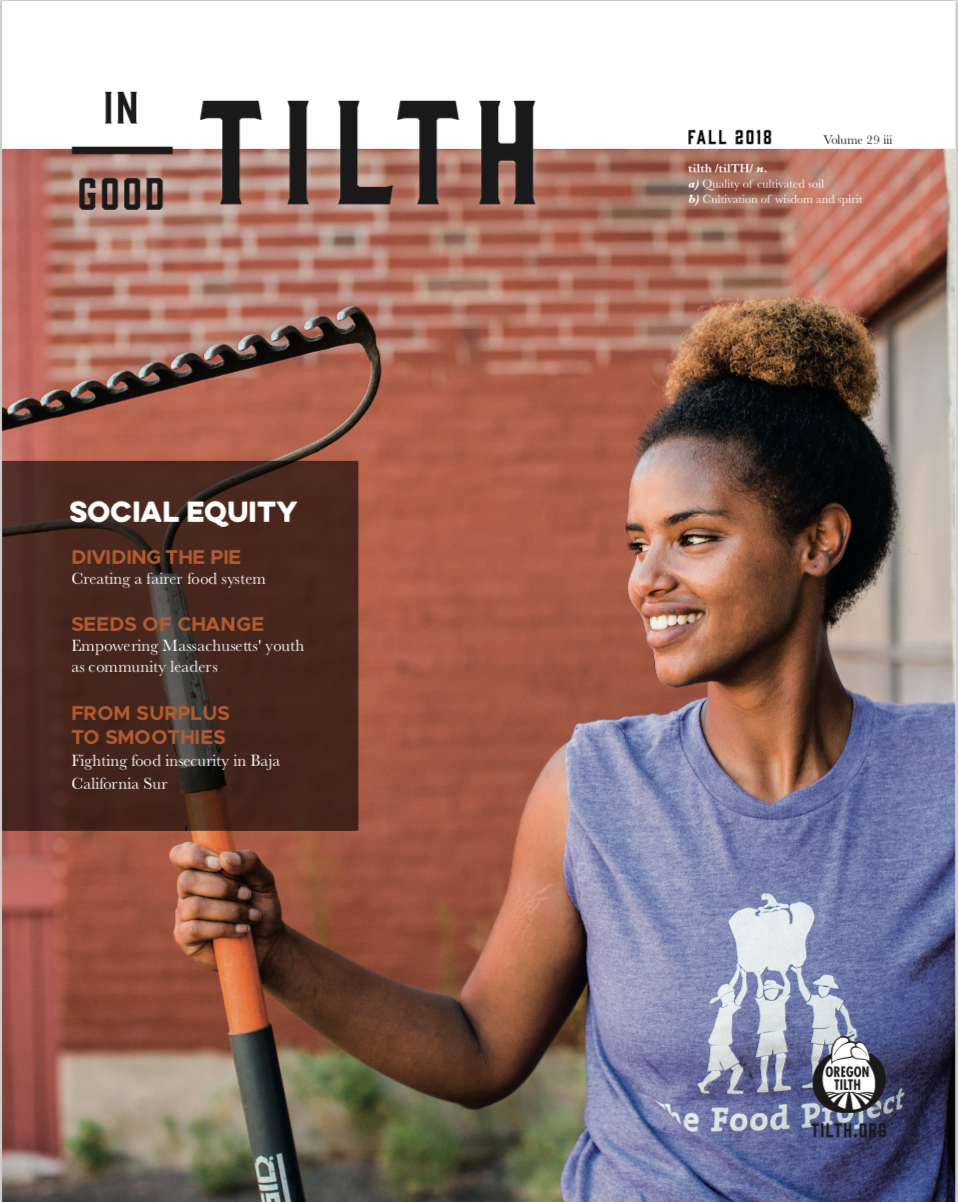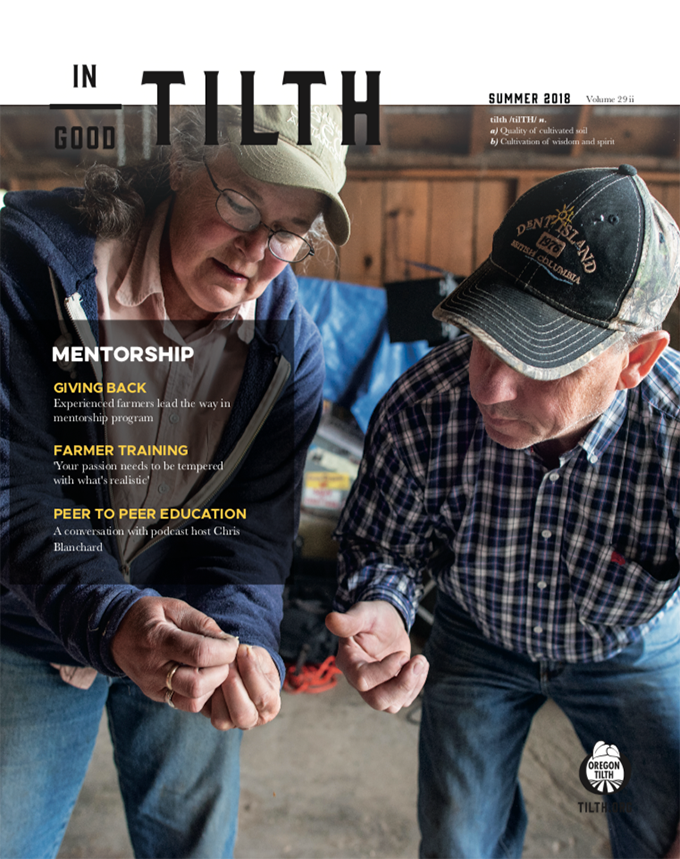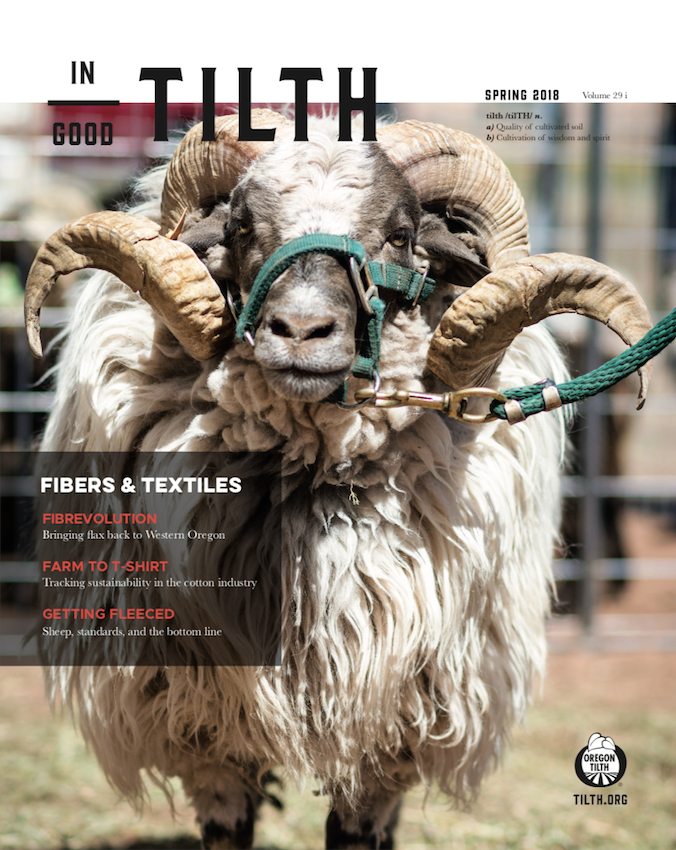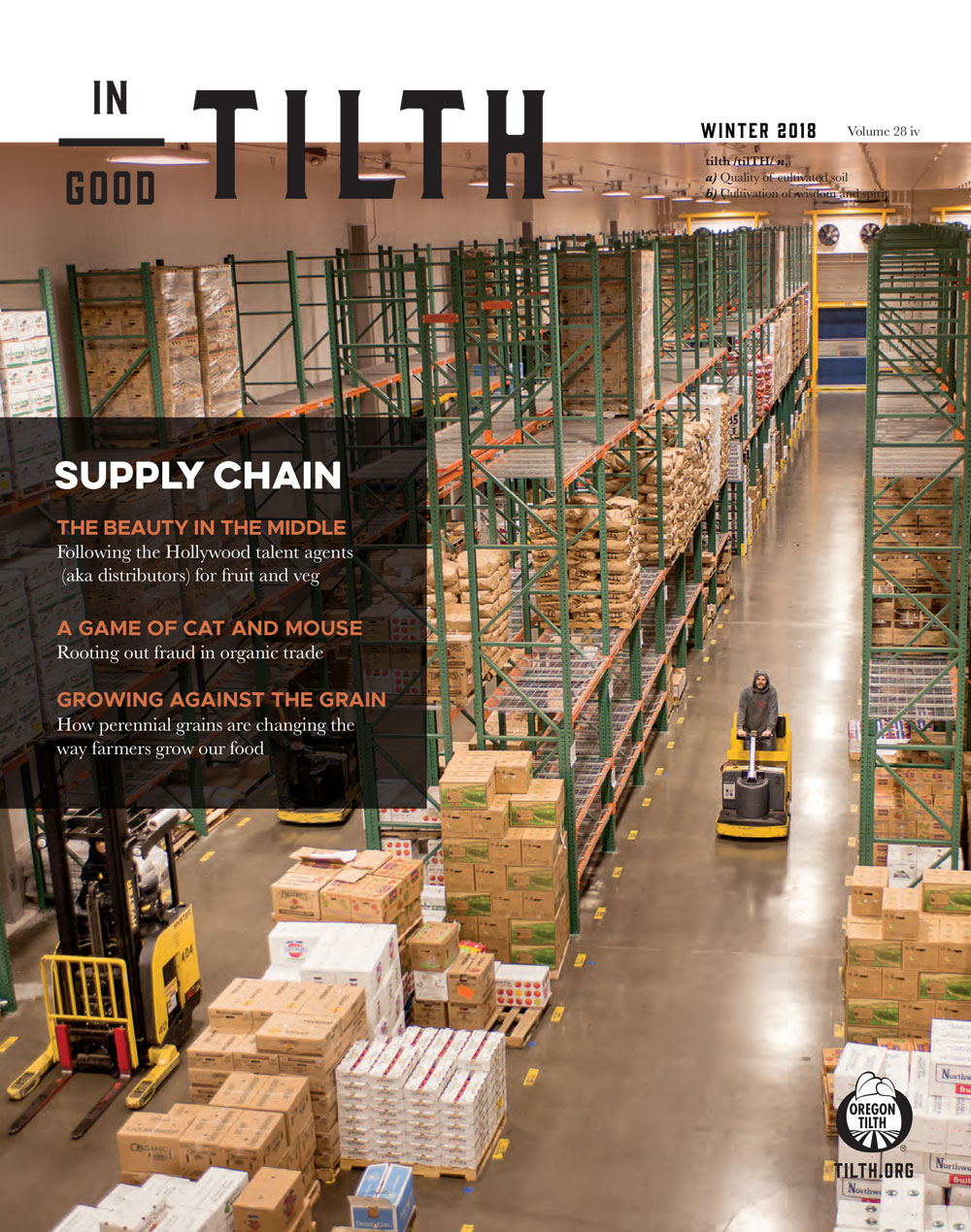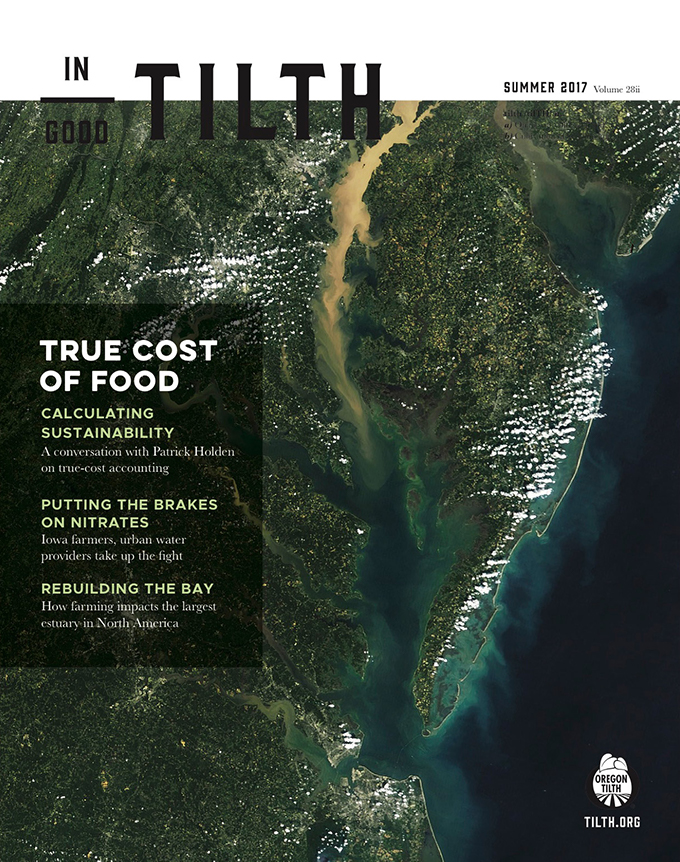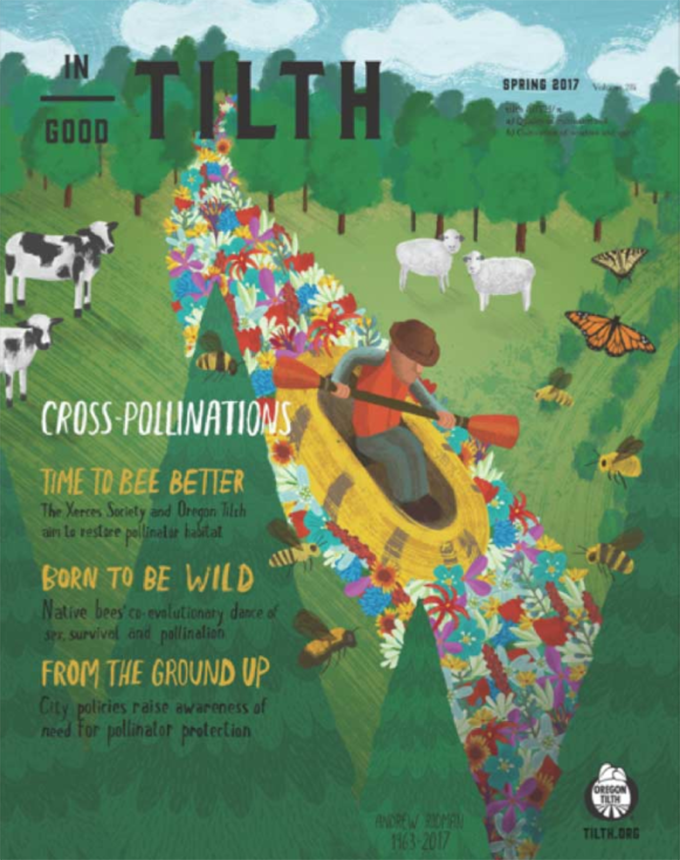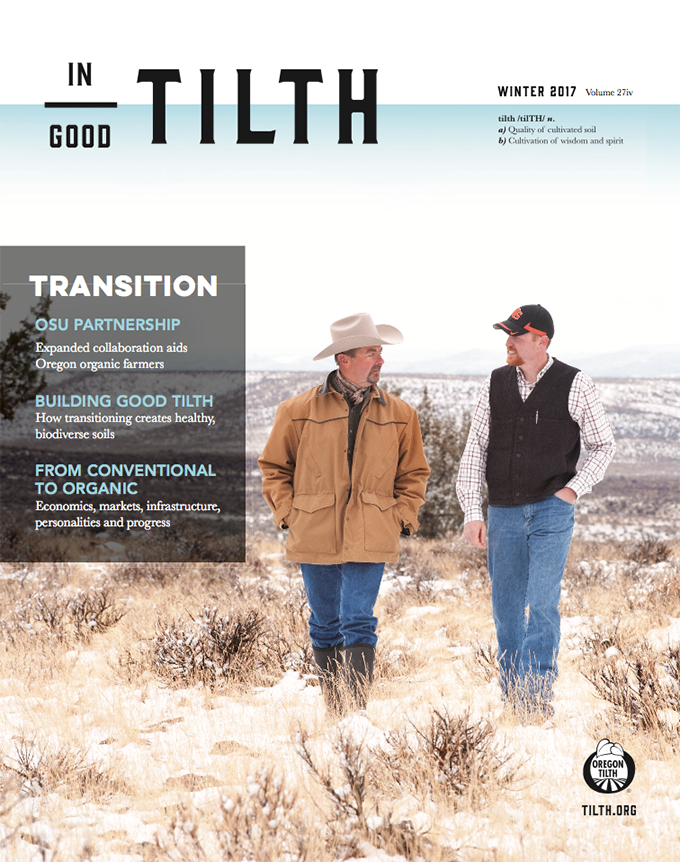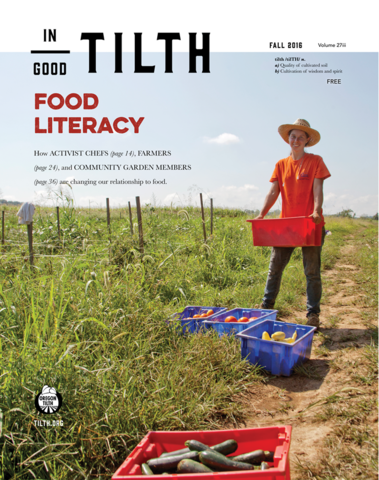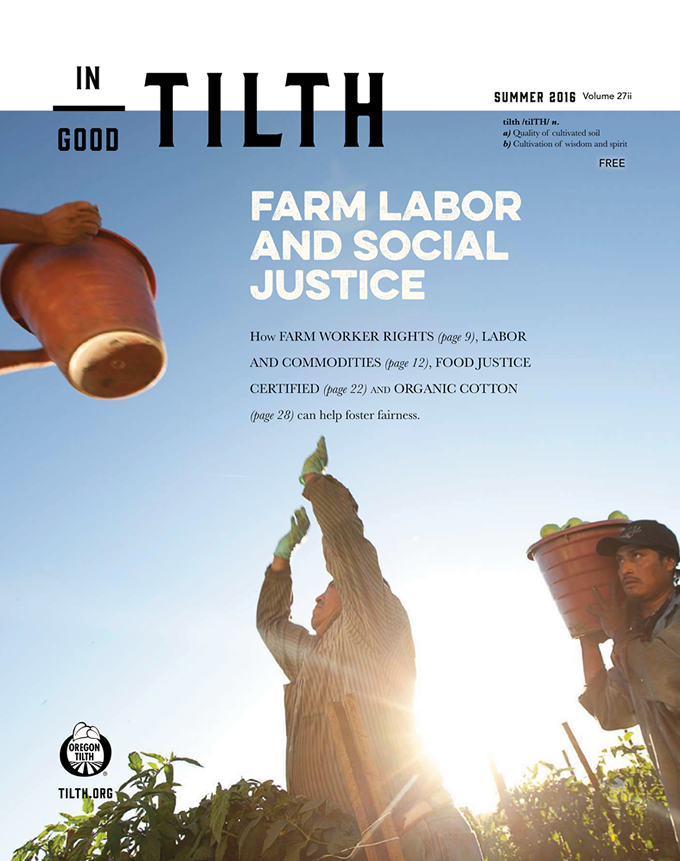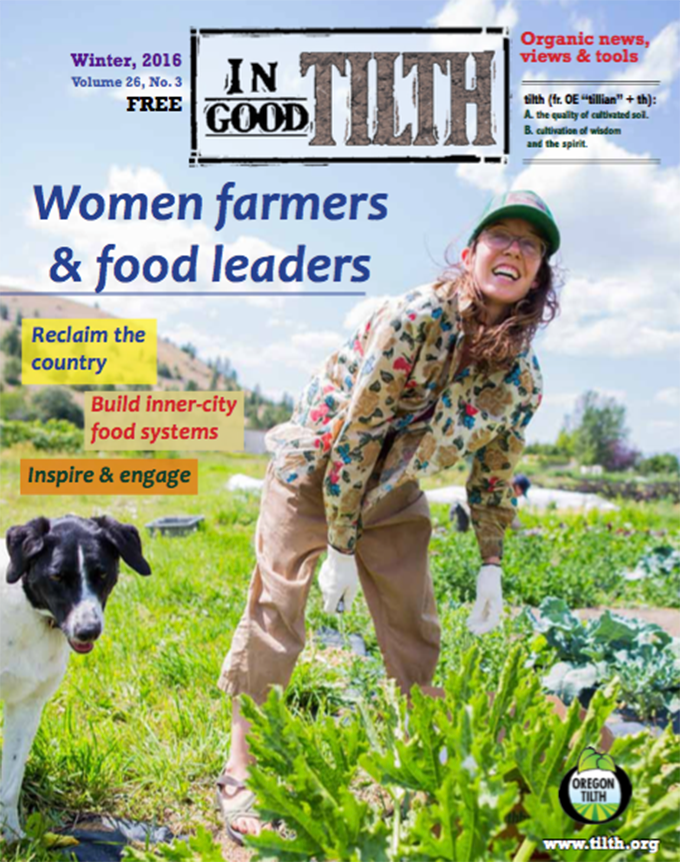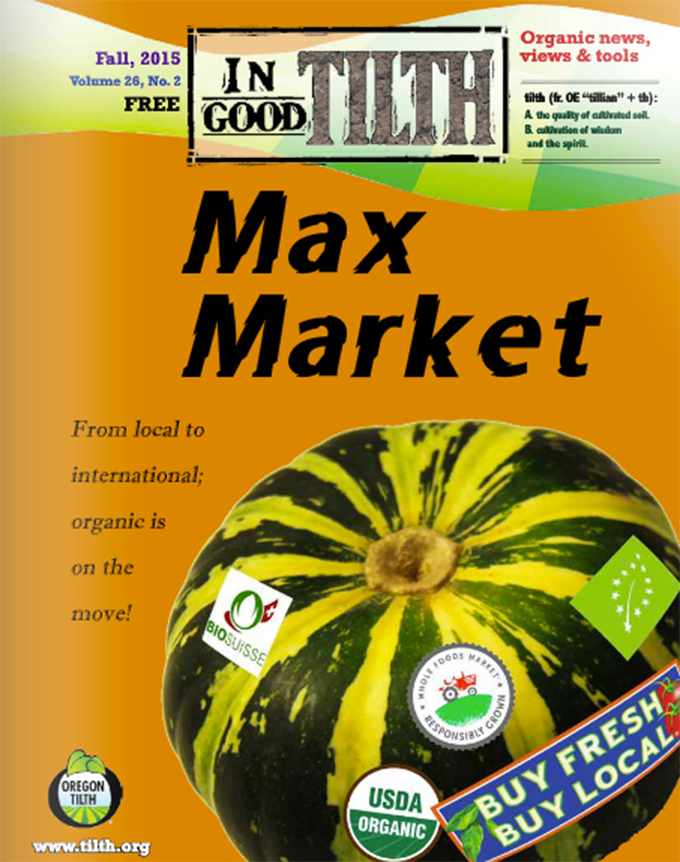After Spanish explorers introduced the first domesticated breed of livestock to North America, the Navajo-Churro remains the archetype of resiliency in the Southwest. With superior fleece coats, lean meat, abundant milk production, and the ability to adapt to an environment with extreme temperature variability and scarce water resources, the Churro played a significant role in everyday life among the Native American and Hispanic populations of New Mexico. Known for its high luster and low grease content, the Churro wool is prized by Navajo and Hispanic shepherds and artisan hand weavers, reflected in both the traditional Navajo and Rio Grande weaving styles. The Churro is a sacred symbol for Navajo cultural identity, traditions, and pastoral way of life. Nevertheless, the breed was almost brought to extinction multiple times throughout history by the federal government, with only 450 Churro remaining in 1970. At this pivotal point in time, Dr. Lyle McNeal from Utah State University, researchers and shepherds worked together to find a way to save this breed from extinction and restore it back to original place and purpose. For over 40 years,The Navajo Sheep Project has worked to preserve and restore the landrace Navajo-Churro back to the people of the Southwest and provide educational and technical assistance to both Navajo and Hispanic agricultural cooperatives.
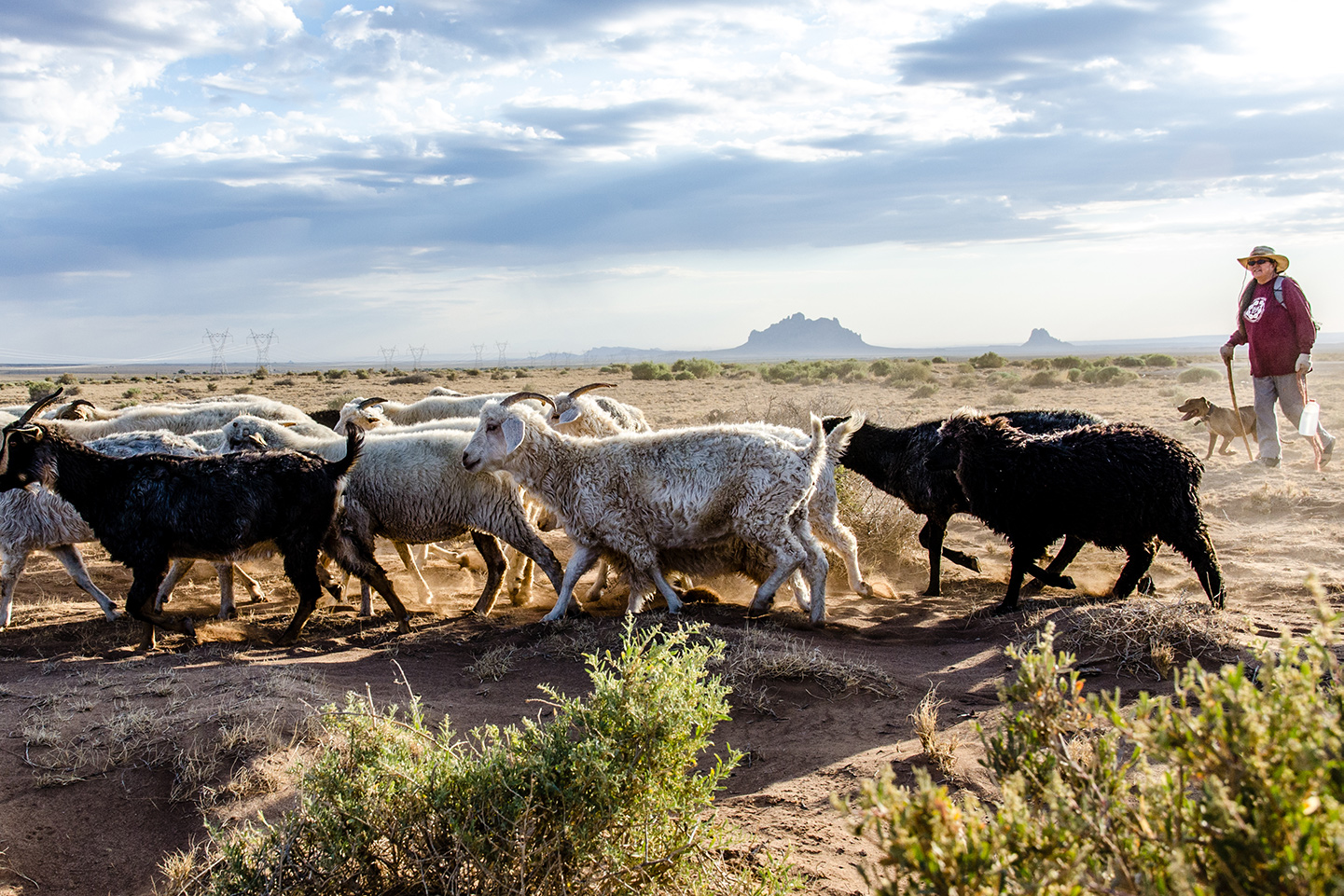
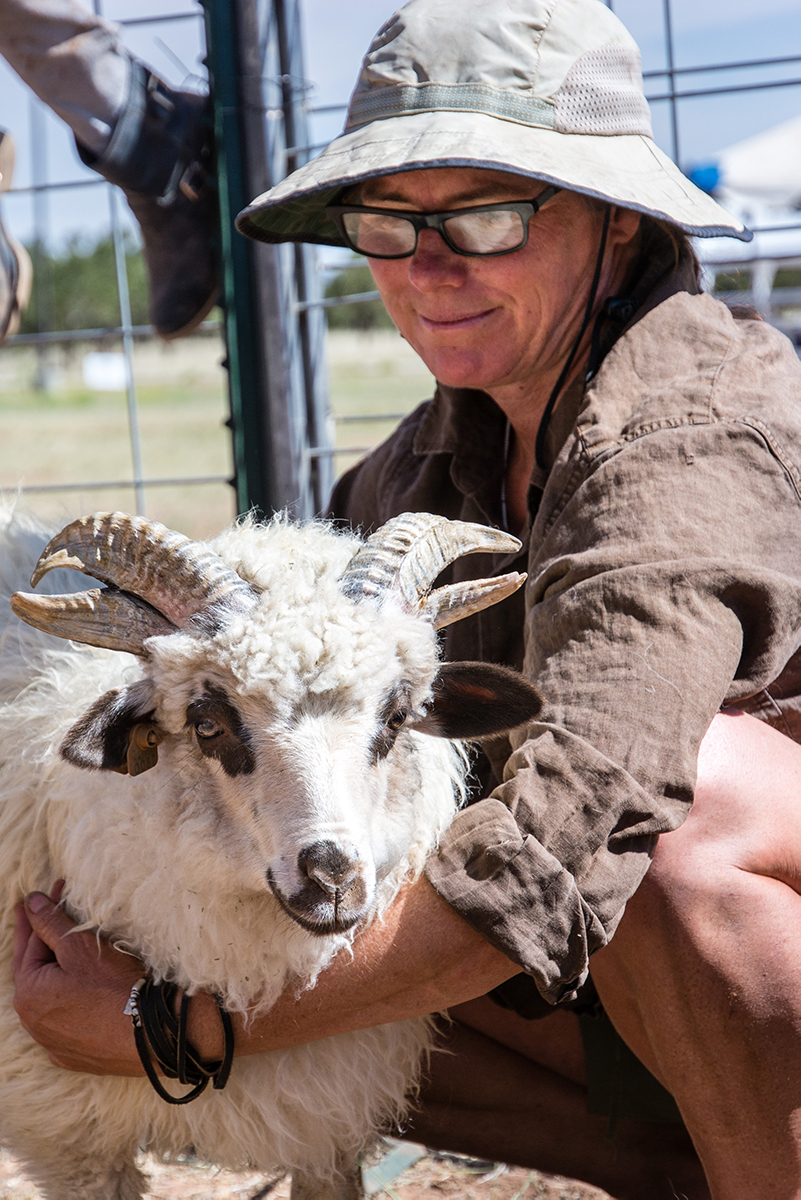
The Navajo Sheep Project works to preserve the original landrace Churro — a traditional variety of species that has adapted overtime to the surrounding natural and cultural environment. The Churro survives in extreme conditions, provides food for survival, and wool for traditional textile weaving. Through research on their unique adaptions, the Churro is beneficial to western rangeland management. Photo by Michael Benanav
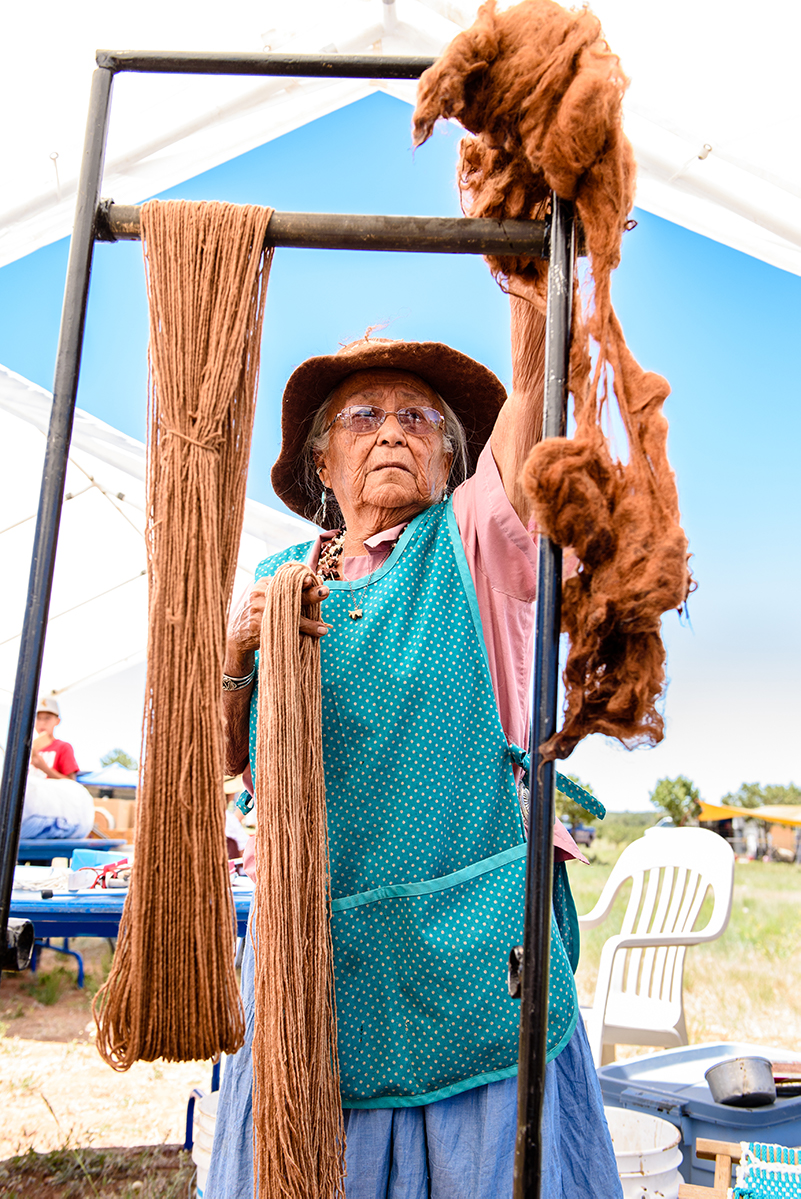
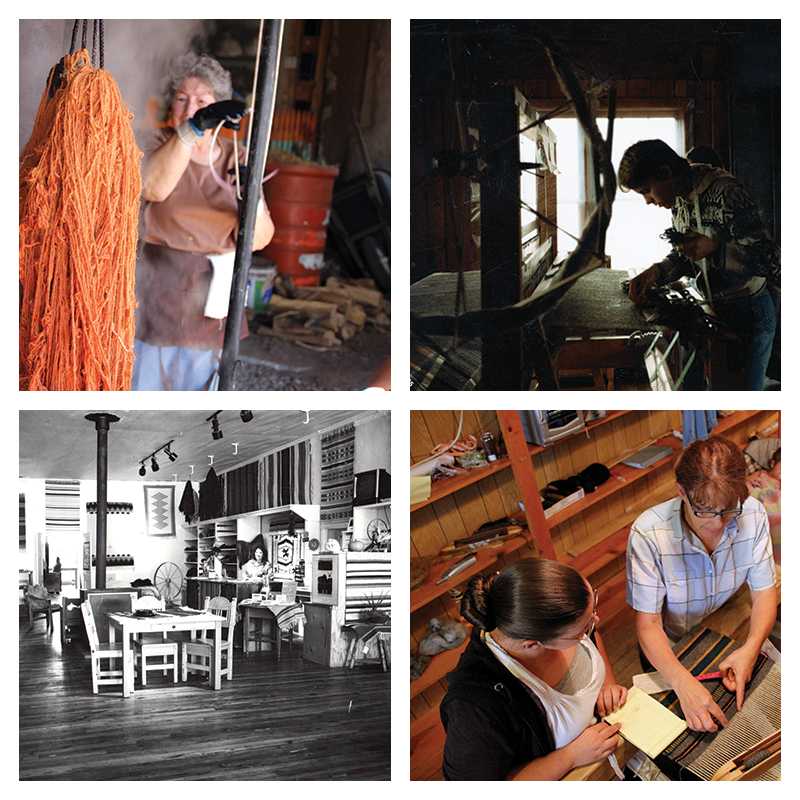
In 1983, Tierra Wools opened its doors in the Chama River Valley to share the traditional art of weaving and provide economic opportunities for the greater community. It started as the wool committee of the nonprofit Ganados Del Valle that worked to “empower rural people to create sustainable economies by building on cultural and agricultural resources.” Today, Tierra Wools continues this mission by offering classes and workshops on the art of Rio Grande style weaving, spinning and natural dyeing of wool using plants foraged from the area.
Photos by Lara Manzanares and courtesy of Tierra Wools
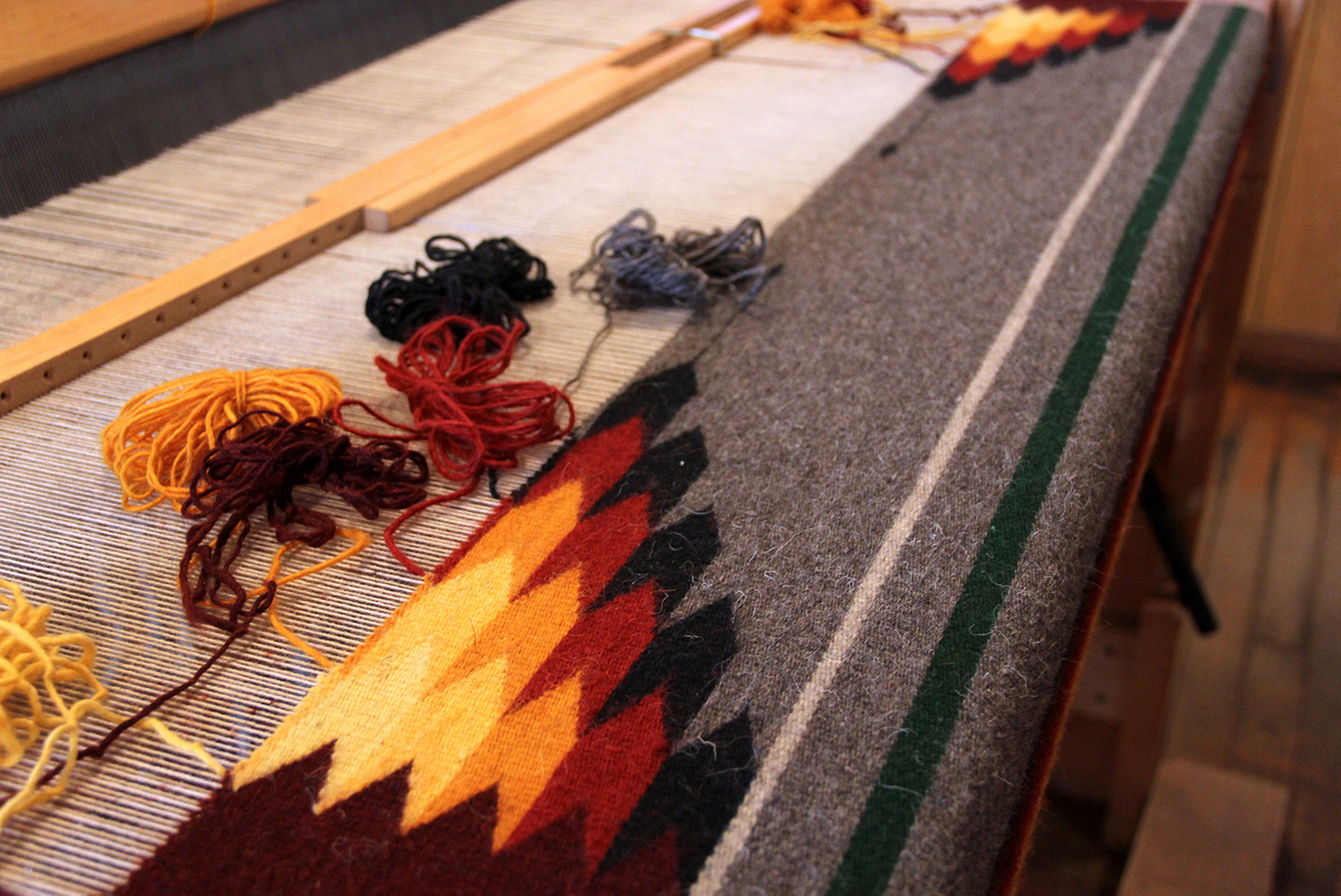
“Pastoralists around the world are the guardians to biodiversity. Like other traditional pastoralists, the Southwest shepherds and their sheep maintain and nourish the integrity of their individual cultural identity, the local economy, preserve regional ecosystems and hold the oral traditions that keep their cultures together.
In 2018, there are still many traditionalists that shepherd their sheep and cherish their relationship to them. To the shepherds, the sheep are their identity and lifeline to their ancestors. These cultural roots are also part of their connection to the landscape in which they live — the relationship to a harsh land that provides both spiritual and material bounty. In this, we can see a connection to our own past, a glimpse into an earlier time which allows us to witness a rare way of life that transcends our busy modern world. This way of life holds answers to the way we should conduct ourselves on this planet. To lose this identity to the land and animals will be detrimental to all.”
— Jennifer Douglass, The Navajo Sheep Project



